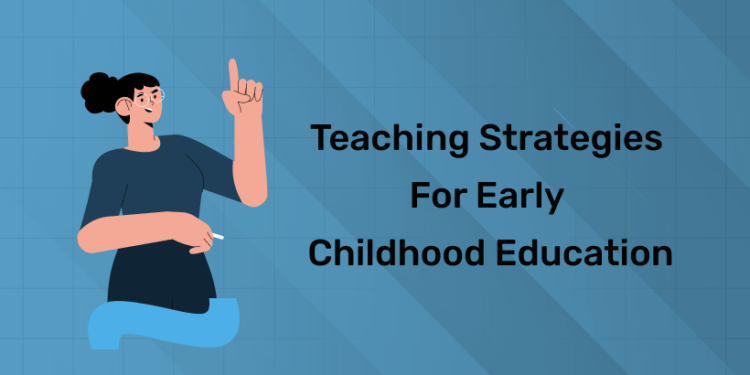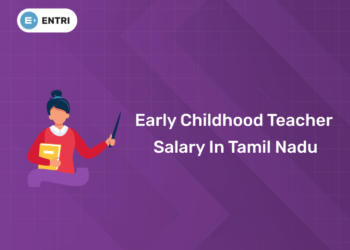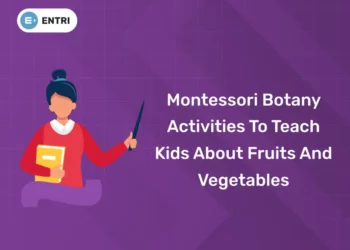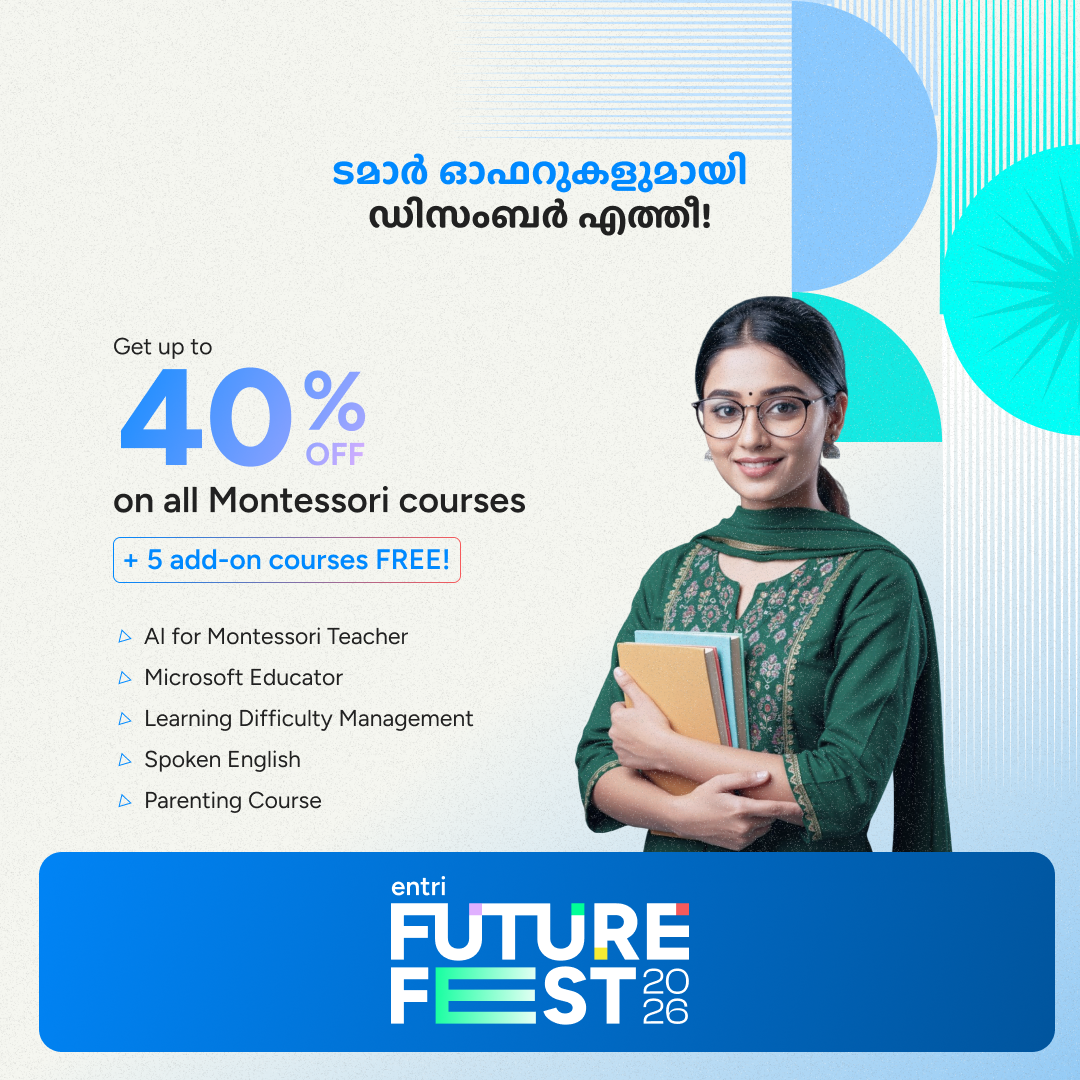Table of Contents
Early years education is key to young minds. What you lay in these early years sets the foundation for their future learning, social skills and overall wellbeing. Good teaching is key to unlocking this potential and giving children a rich education. In this post we will look at teaching strategies for early childhood education.
Teaching Strategies for Early Childhood Education
Traditional teaching where the teacher talks and the students listen doesn’t work in childcare institutions. Personalized teaching is a big part of early childhood education. It’s about the student’s needs, abilities and interests. It’s a far cry from the one size fits all approach of the old ways.
A good teaching method is based on understanding the nature of your students. As an educator you should know kids have short attention span. Hold their attention by making learning fun through singing, dancing, playing games and positive reinforcement. Young children learn better while playing for three reasons. One is it increases motivation. Second, children practice and experiment to try out their knowledge and know what works for them. Third, it makes children confident to continue exploring their environment through the 5 senses. Now lets find some teaching strategies you can practice for early childhood education
Master the Art of Early Childhood Care and Education ! Get free Demo!
1.Play-Based Learning
- Description: Play-based learning is a fundamental strategy in early years education. It uses the natural curiosity and creativity of children to explore, experiment and learn through play. This develops cognitive, social, emotional and physical development.
- Implementation: Use different types of play, free play, guided play and structured play activities to meet different learning styles and objectives.
2.Storytelling and Reading Aloud
- Description: Storytelling and reading aloud are powerful tools for language development, imagination and comprehension skills. These activities also promote listening skills and a love of reading.
- Implementation: Use a range of books and stories and engage children by asking questions, making predictions and discussing the moral or lesson of the story.
3.Hands-On Activities
- Description: Hands-on activities like arts and crafts, science experiments and cooking projects allow children to learn by doing. This method develops fine motor skills, problem solving and creativity.
- Implementation: Design activities that are age appropriate and safe and align with the educational goals and interests of the children.
4.Interactive Technology
- Description: In the digital age using interactive technology can enhance learning. Educational apps, interactive whiteboards and digital storytelling can make learning fun.
- Implementation: Choose high quality, age appropriate educational tools and monitor their use to ensure they complement rather than replace traditional learning methods.
5.Social and Emotional Learning (SEL)
- Description: SEL is about developing children’s emotional intelligence, social skills and self-regulation. This is key to building a positive classroom environment and healthy relationships.
- Implementation: Integrate activities that promote empathy, cooperation and conflict resolution. Use role play, group discussion and emotion recognition exercises.
6.Inquiry-Based Learning
- Description: Inquiry-based learning encourages children to ask questions, explore and investigate. This develops critical thinking, curiosity and a scientific mindset.
- Implementation: Create a classroom environment that supports exploration and inquiry. Use open-ended questions and provide resources for children to research and find answers.
7.Montessori Method
- Description: The Montessori method is about independence, hands-on learning and respect for a child’s natural development. It uses specially designed materials and a child-centred approach.
- Implementation: Arrange the classroom into learning areas and let children choose activities that interest them. Guide them as they work independently or in small groups.
8.Reggio Emilia Approach
- Description: This approach values the child’s voice, promotes project-based learning and involves the community in the educational process. It encourages children to express themselves through different “languages” such as art, music and drama.
- Implementation: Foster a collaborative learning environment, engage with families and the community, and document children’s learning processes through portfolios and displays.
How to Become an Early Childhood Educator
1.Get Educated
Get a degree or diploma in early childhood education. Many institutions have programs that cover child development, educational psychology and teaching methods.
2.Get Practical Experience
Practical experience is key. Be a teaching assistant, volunteer at childcare centres or do internships to get hands on experience with young children.
3.Get Certified
Get the necessary certifications or licenses required by your state or country. This may include CPR and First Aid certifications and specific teaching licenses.
4.Continuous Professional Development
Do ongoing professional development through workshops, seminars and extra courses to stay up to date with the latest teaching methods and research.
Master the Art of Early Childhood Care and Education ! Get free Demo!
Get Certified & Kickstart Your Teaching Career
Early Childhood Care and Education Course by Entri App: Gain expert skills, earn certification, and build a successful career in early childhood education.
Join Now!Entri’s Diploma in Early Childhood Care and Education
To further your career in early childhood education, consider enrolling in Entri’s Diploma in Early Childhood Care and Education. This comprehensive course covers essential topics such as child psychology, curriculum planning, classroom management, and innovative teaching strategies. With Entri, you’ll gain access to expert instructors, interactive learning materials, and a supportive community of educators.
Conclusion
Effective teaching methods for early childhood education is key to shaping young minds and instilling a love for learning. By using various approaches like play based learning, storytelling, hands on activities and social emotional learning, educators can create a stimulating and nurturing environment for children. Aspiring early childhood educators should get educated, gain practical experience, get certified and do continuous professional development. Entri’s Diploma in Early Childhood Care and Education is a great opportunity to get the skills and knowledge to succeed in this field.
This comprehensive blog post aims to provide valuable insights and practical advice for those interested in early childhood education, emphasizing the importance of effective teaching strategies and the opportunities available through Entri’s specialized course.
| Read related article here |
| Child Development and Behavior: What Childhood Teachers Need to Know |
Get Certified & Kickstart Your Teaching Career
Early Childhood Care and Education Course by Entri App: Gain expert skills, earn certification, and build a successful career in early childhood education.
Join Now!Frequently Asked Questions
What is play-based learning, and why is it important?
Play-based learning leverages children’s natural curiosity and creativity, promoting cognitive, social, emotional, and physical development through exploration and play.
How does storytelling benefit early childhood education?
Storytelling enhances language development, listening skills, imagination, and comprehension, fostering a love for reading and critical thinking abilities.
What are hands-on activities, and how do they aid learning?
Hands-on activities involve engaging children in tasks like arts and crafts, science experiments, and cooking, which improve fine motor skills, problem-solving, and creativity.
Why incorporate technology in early childhood education?
Interactive technology, like educational apps and digital storytelling, makes learning engaging and fun, complementing traditional methods and preparing children for the digital age.
What is the role of social and emotional learning (SEL) in early childhood education?
SEL focuses on developing emotional intelligence, social skills, and self-regulation, creating a positive classroom environment and promoting healthy relationships among children.
What qualifications are needed to become an early childhood educator?
Aspiring early childhood educators should pursue a degree or diploma in early childhood education, gain practical experience, obtain necessary certifications, and engage in continuous professional development.
How can I gain practical experience in early childhood education?
Gain experience by working as a teaching assistant, volunteering at childcare centers, or completing internships to develop hands-on skills with young children.
What does Entri's Diploma in Early Childhood Care and Education course offer?
Entri’s course offers comprehensive training in early childhood education, covering teaching strategies, child psychology, curriculum planning, and classroom management. It is designed to equip aspiring educators with the skills and knowledge necessary to foster young children’s development effectively.
How long does it take to complete Entri's Early Childhood Care and Education course?
The duration of Entri’s course varies, but it is typically structured to be completed within a few months, offering flexibility for learners to balance their studies with other commitments. For detailed information, check the Entri course page.












